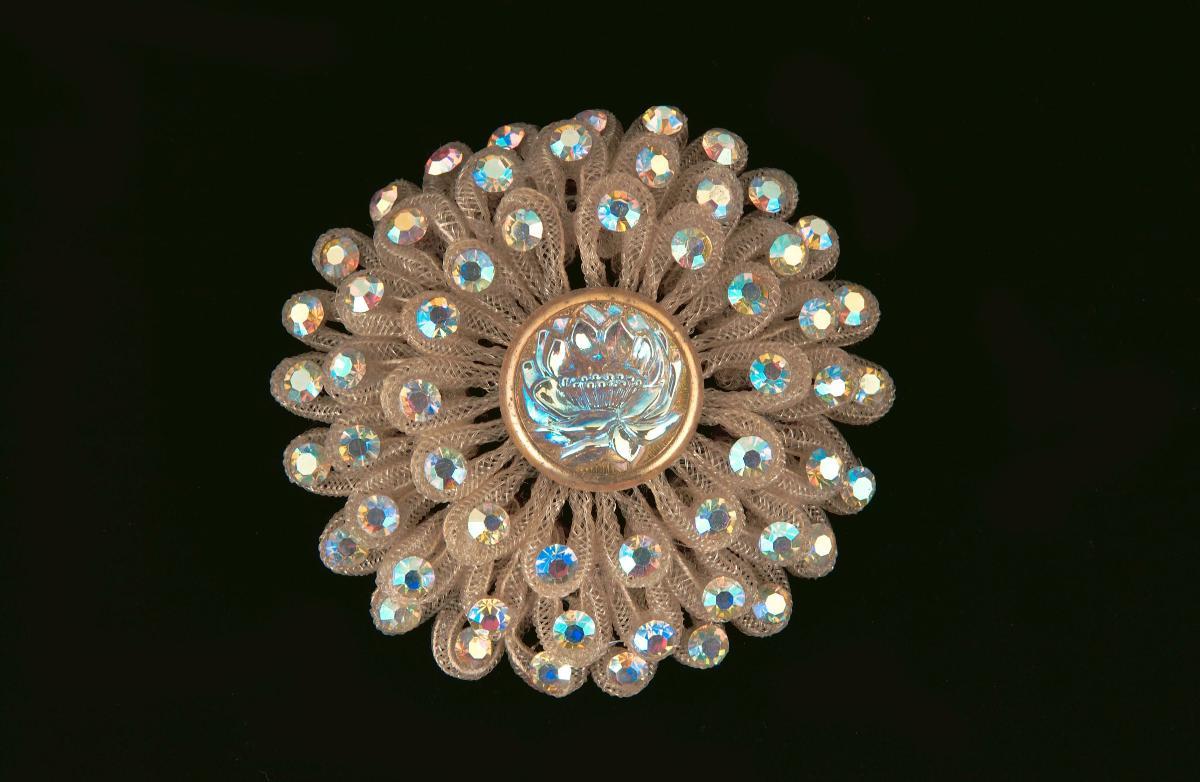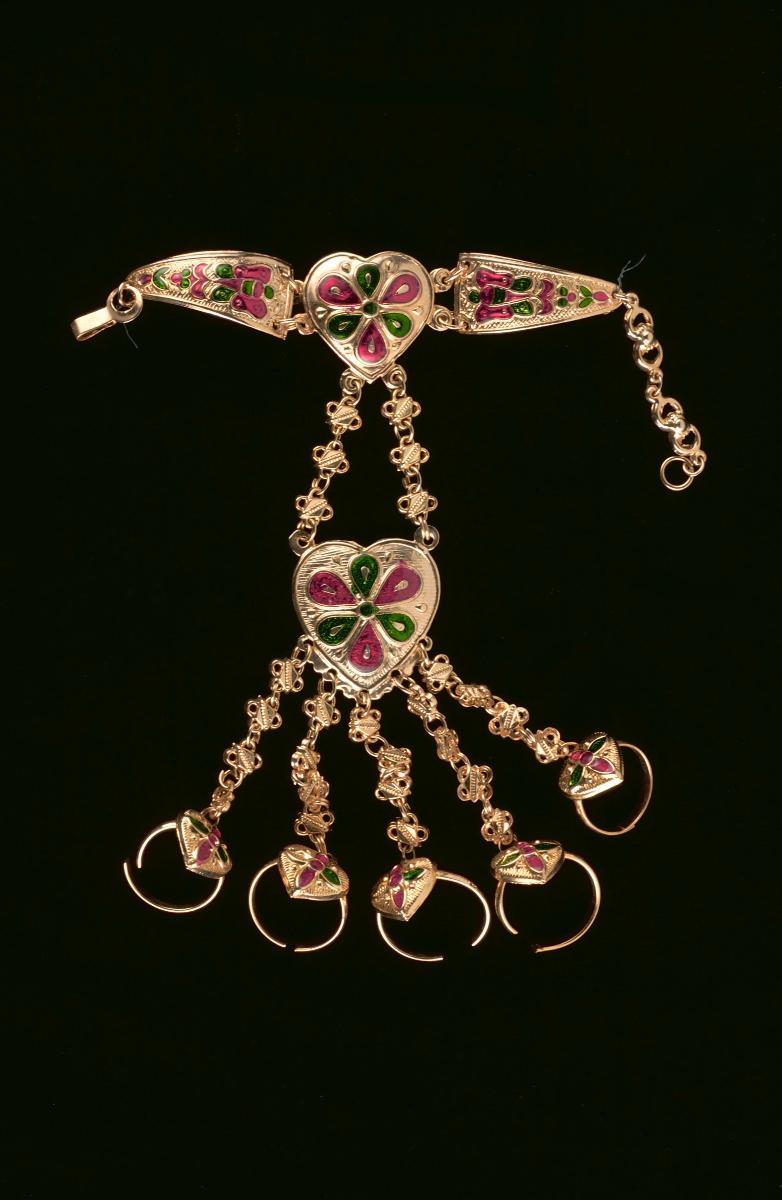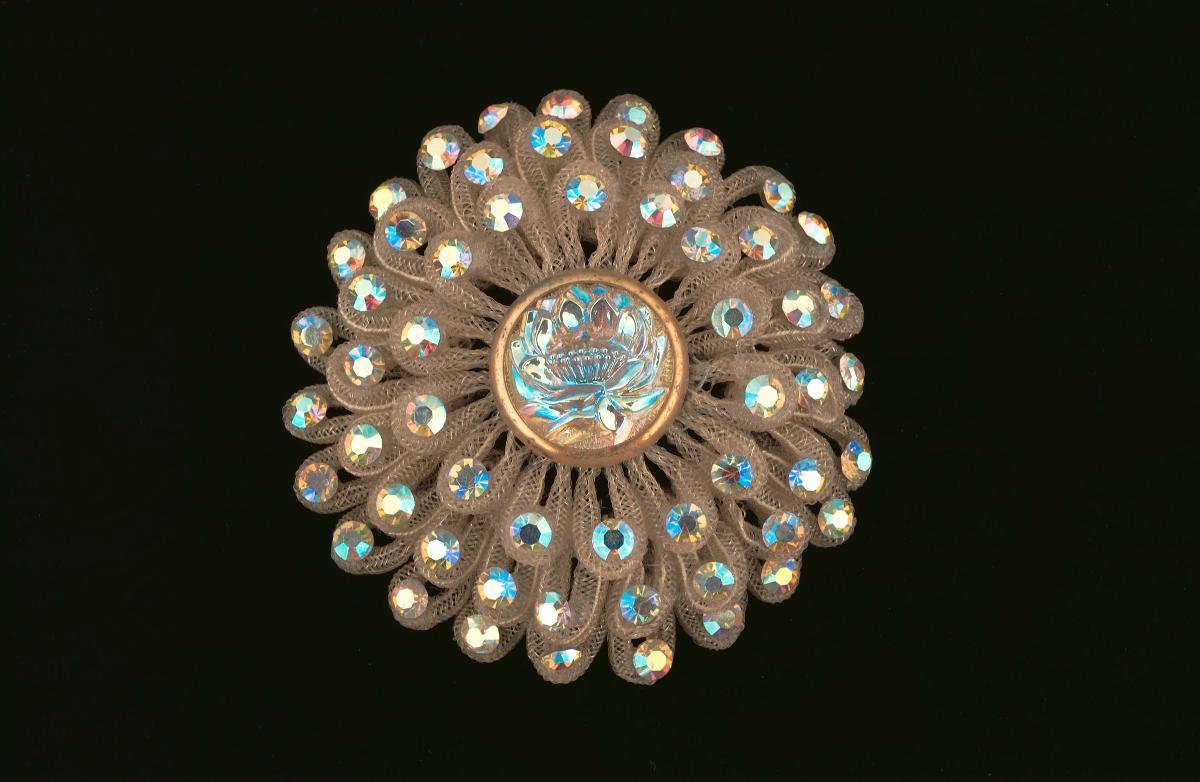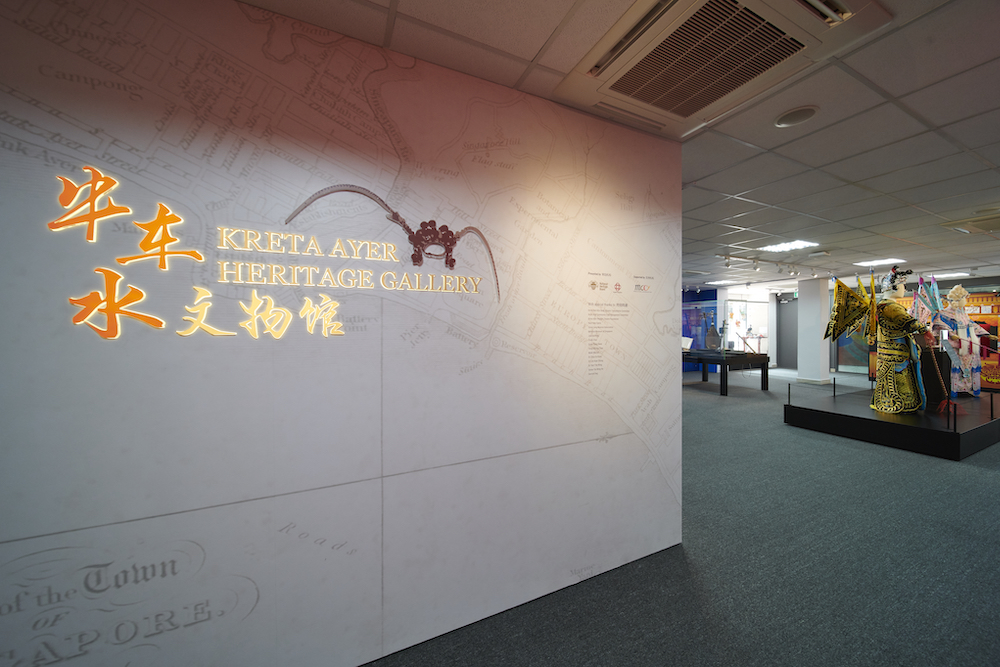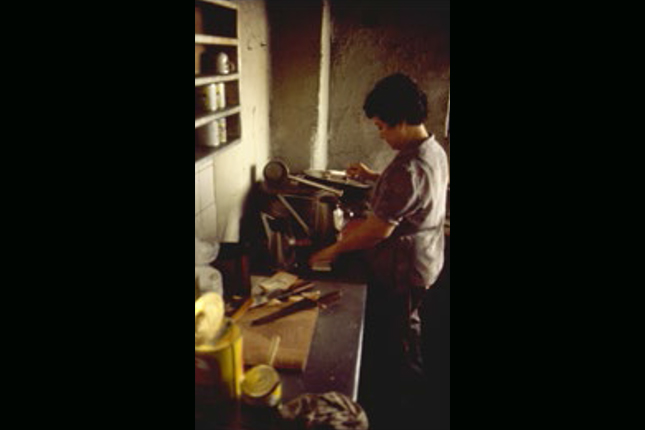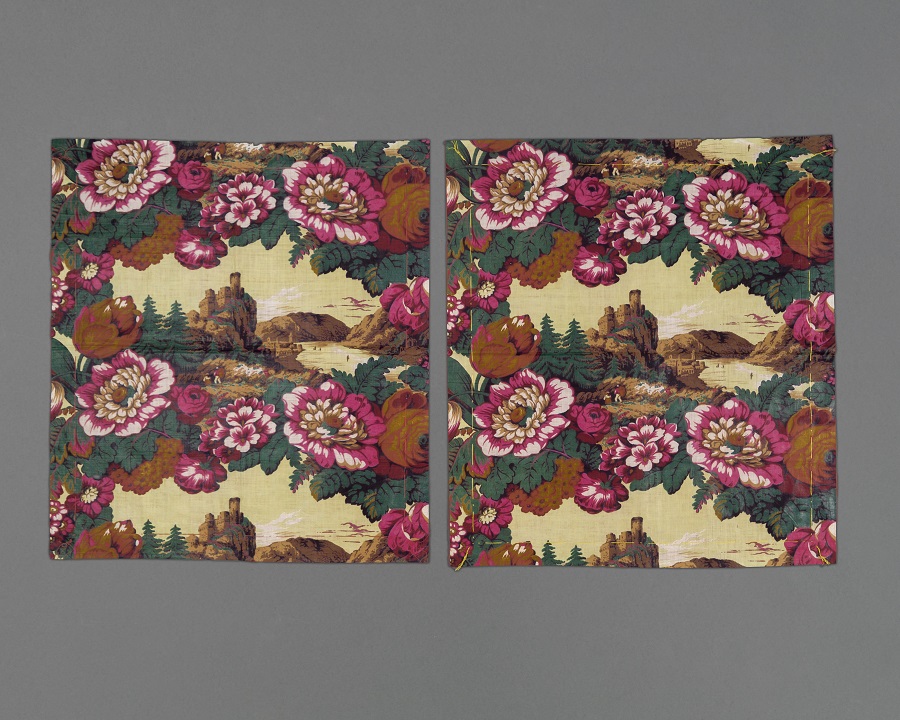The Chinese opera has its origins in Shang dynasty rituals and shamanistic worship but has evolved over time to become an established, stylized dramatic art form.Chinese opera was brought to Singapore by the Chinese immigrants and was referred to locally as Chinese ‘wayang’, the latter being a Malay term that denotes a theatrical or dramatic performance. It was especially popular from the 1880s to the 1930s, as it was an affordable source of entertainment for the masses. Wealthy Chinese families were also known to be patrons of opera troupes, engaging them for private performances in their residences. Typically, Chinese operas were performed on makeshift stages near temples or in temple compounds as they served as a form of amusement to the gods and were thus essential to the religious festivities. Performances were also staged in opera theatres. They were constructed as early as the 1880s and largely clustered in the Chinatown district. The popularity of Chinese operas waned drastically from the 1950s with the advent of film and television. Nevertheless, they remain an integral part of Singapore’s cultural landscape today.




